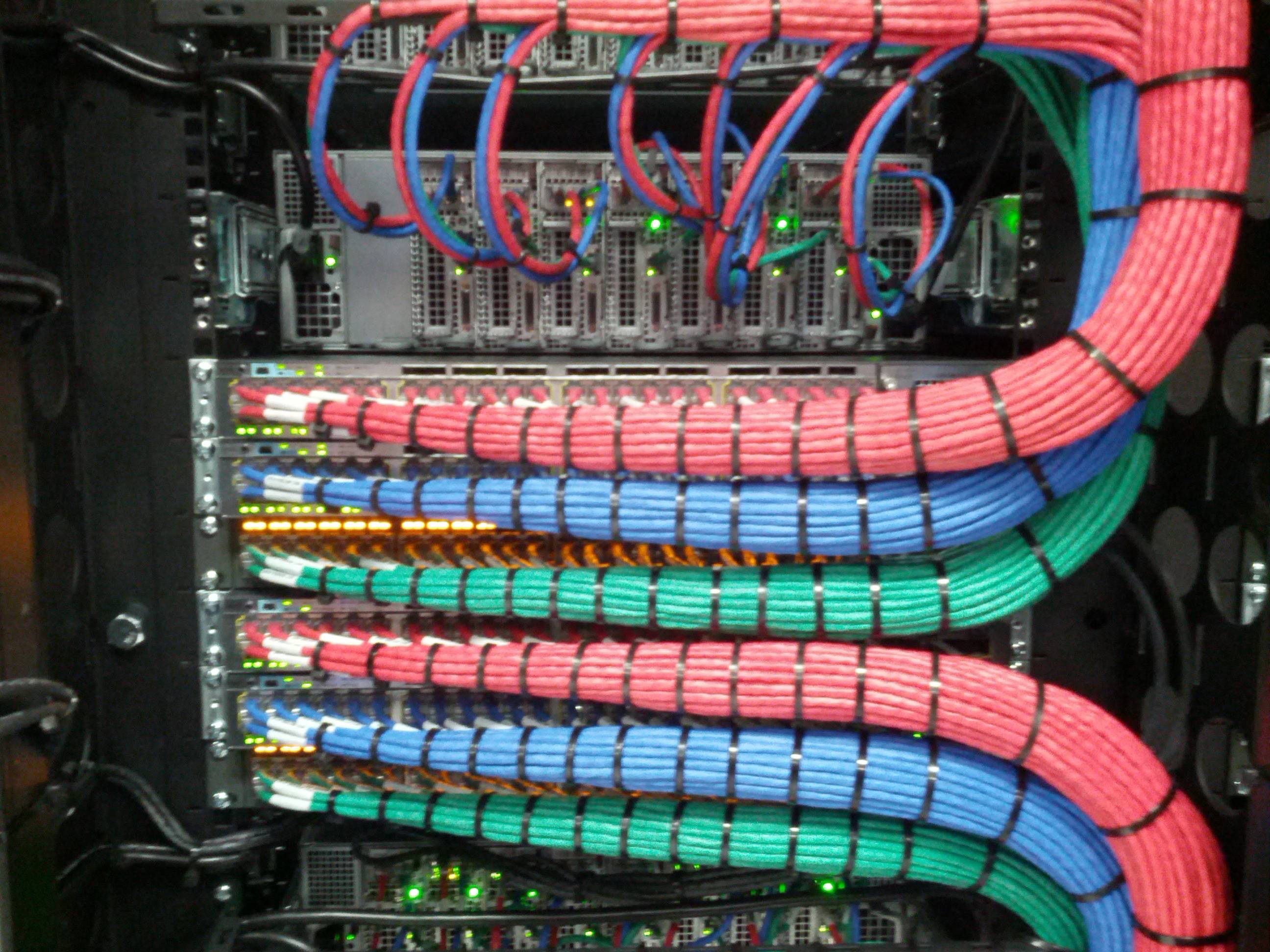
Structured Cabling Benefits for Your Business
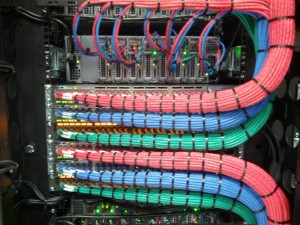 The structuring of cabling will result in better organization and easier management of the cables. If you are a building manager or business owner, you may already know a bit about structured cabling. You may be currently thinking about its installation in your premises. In the most basic terms, structured cabling allows for several devices like computers and telephones to be connected via a cabling system infrastructure. The following discusses several benefits of structured cabling for a facility or office. Consult with experienced structured cabling professionals to get the best results.
The structuring of cabling will result in better organization and easier management of the cables. If you are a building manager or business owner, you may already know a bit about structured cabling. You may be currently thinking about its installation in your premises. In the most basic terms, structured cabling allows for several devices like computers and telephones to be connected via a cabling system infrastructure. The following discusses several benefits of structured cabling for a facility or office. Consult with experienced structured cabling professionals to get the best results.
Adaptability
Structured cabling is technology that allows business managers to plan and prepare for the future, making its implementation a valuable investment. Structured cabling that installs a newer cable such as Cat 6 will provide adequate bandwidth, making it viable for an extended period as a business’ IT needs gradually expand. The high bandwidth of a structured cabling system will also give a business the increased ability to adapt newer applications, devices, and technologies.
Diagnosis and Repairs Made Easier
Whenever issues occur on multiple, disorganized cabling systems, determining the source of the problems will be difficult. Although structured cabling is a unified system, it is organized in segments, making it much easier for technicians to locate malfunctions and repair them.
Flexibility at Lower Costs
The people, equipment, and offices of an organization are not static. Businesses evolve and restructure as time passes. Employees of a department may have to move to another area. The entire area of an office may also need renovation. Typically, changes like these grind business to a halt, hurting the bottom line. However, a structured cabling system allows a company’s staff to move to another part of an office, connect, resume working, and remain productive without missing a beat.
Networking
Employees will also be able to connect their devices into any outlet of a structured cabling system as opposed to a particular wire, promoting flexibility and productivity. In addition, a structured cable system will be able to convey data in multiple forms, allowing staff on a network to connect with other computers, servers, printers, and telephones.
Simplified Management
One of the greatest advantages of a structured cabling system is the elimination of disorganized and unsightly wires. The replacement of a configuration using multiple cabling with a structured cabling system will result in easier and less costly management by technicians as they will save time on repairs and restructurings.
Union Network Cabling
When union work requires a unionized cabling group, call on Union Network Cabling for your commercial Cat5e/6/6a and fiber cabling projects. Specializing in cabling for data, voice, security and even the latest WiFi and LiFi solutions. Phone: (202) 462-4290


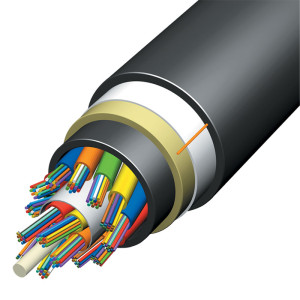 After their Milan working group meeting in 2015 regarding
After their Milan working group meeting in 2015 regarding 
 The quality of information flow is no better than the medium that carries it. This is the
The quality of information flow is no better than the medium that carries it. This is the 
 It is known that
It is known that 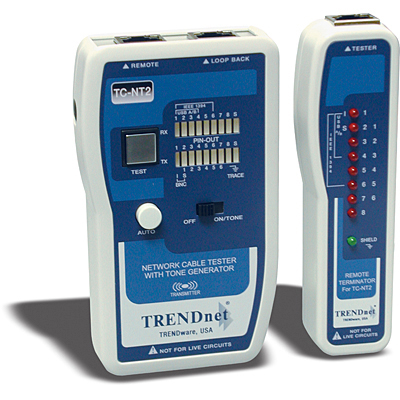
 Testing always plays a vital role in the process of installing new
Testing always plays a vital role in the process of installing new 
 Riser cables were designed for non-plenum vertical applications like between the floors of multi-story buildings. They are also described as backbone cables. These
Riser cables were designed for non-plenum vertical applications like between the floors of multi-story buildings. They are also described as backbone cables. These 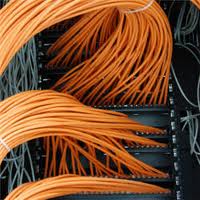
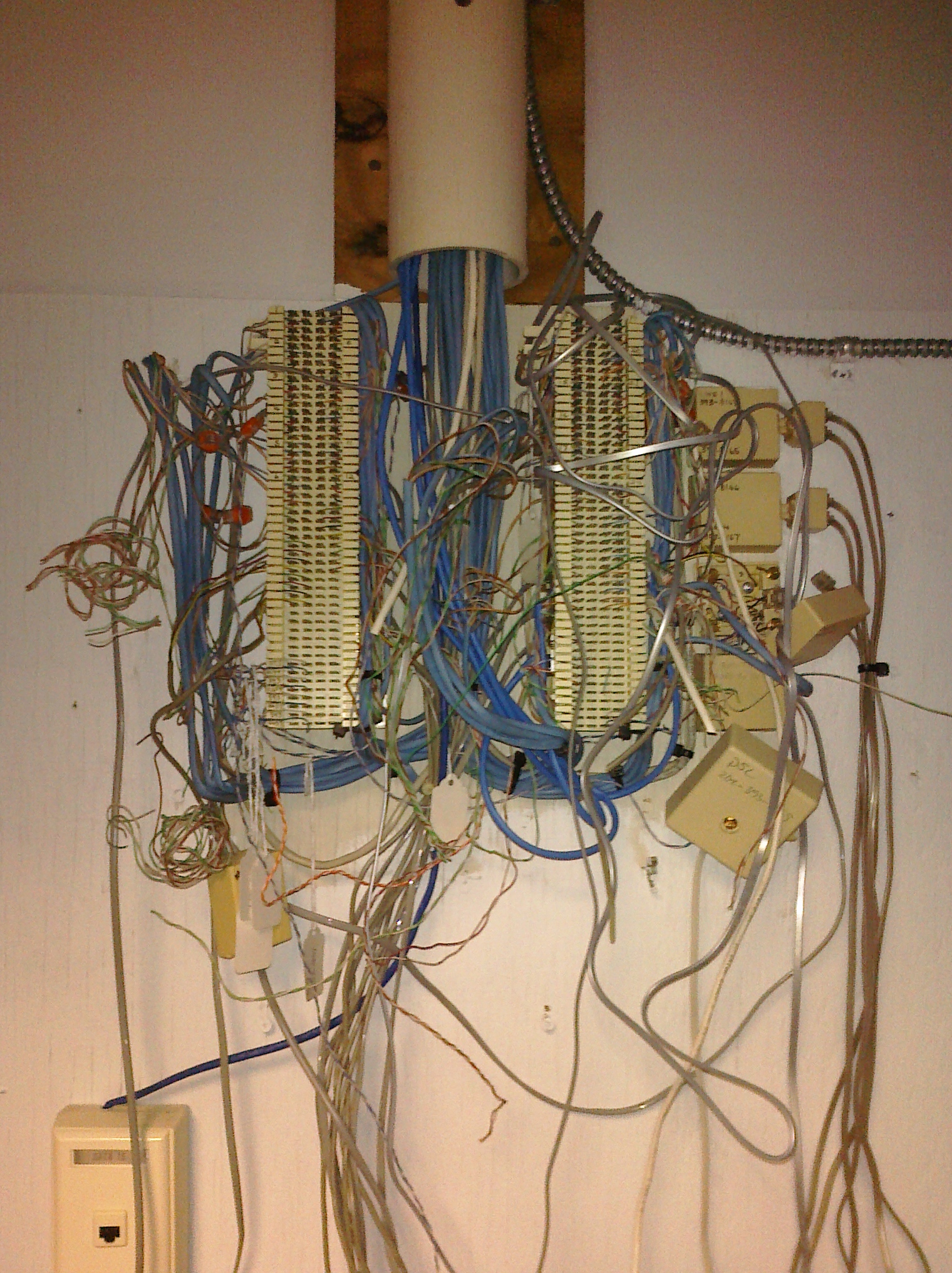
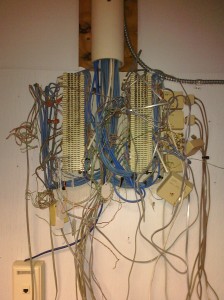 This is what the wall closet looked like at the new office at GovDelivery when we first got on-site. Our job was to add more cabling and to clean up the mess left behind by the previous tenant.
This is what the wall closet looked like at the new office at GovDelivery when we first got on-site. Our job was to add more cabling and to clean up the mess left behind by the previous tenant.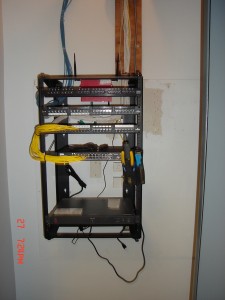
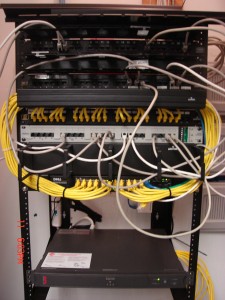 After photos of the new Cat5 network wiring system. We removed all of the phone blocks because the new phone system is VOIP and therefore runs on the Cat5 network cabling. Jonathan Banks took our Post Installation Survey and stated that he was "most satisfied "with our price.
After photos of the new Cat5 network wiring system. We removed all of the phone blocks because the new phone system is VOIP and therefore runs on the Cat5 network cabling. Jonathan Banks took our Post Installation Survey and stated that he was "most satisfied "with our price.